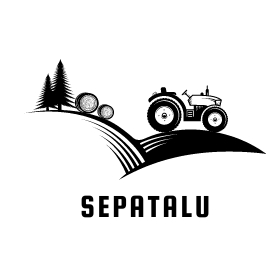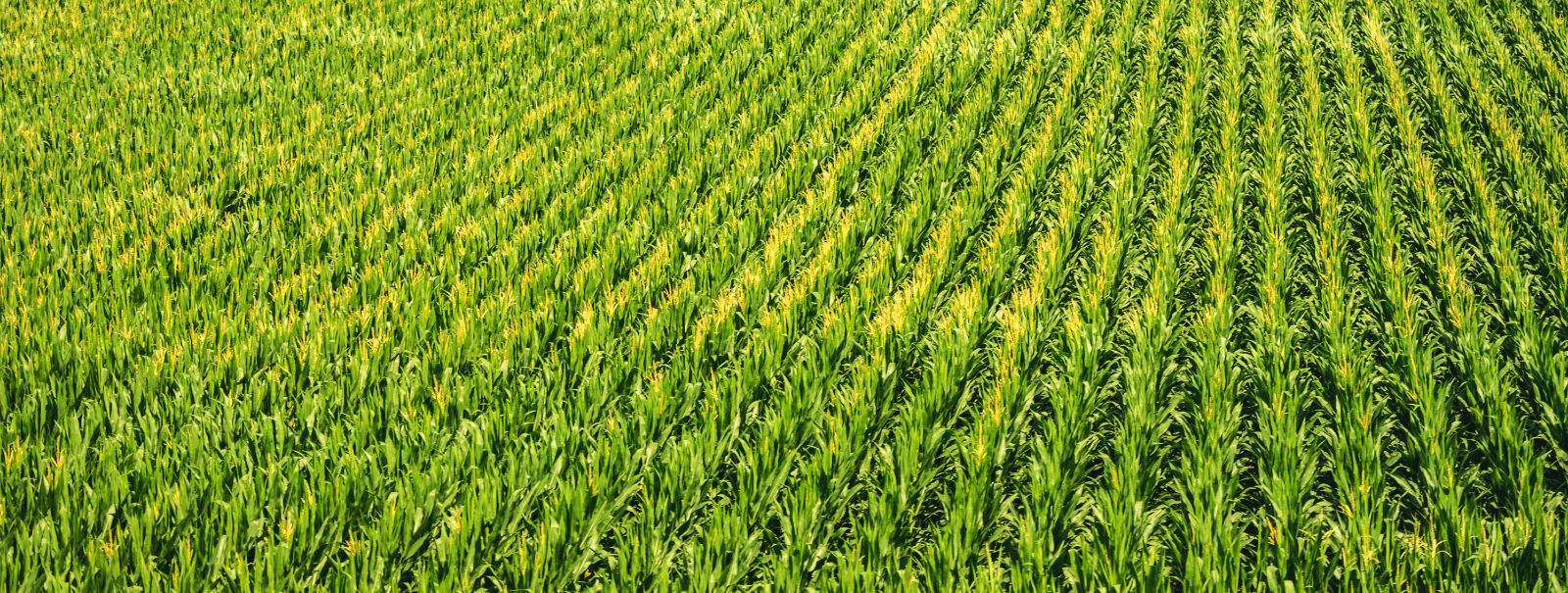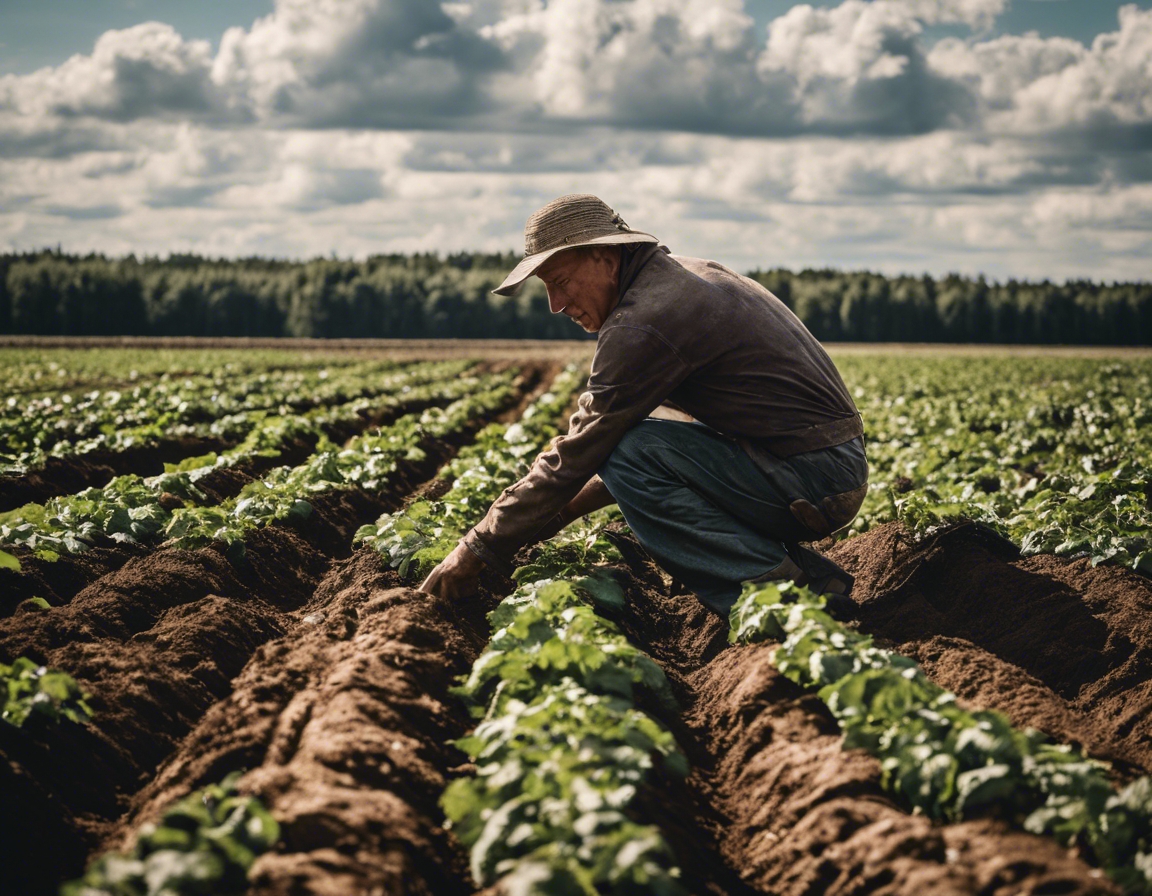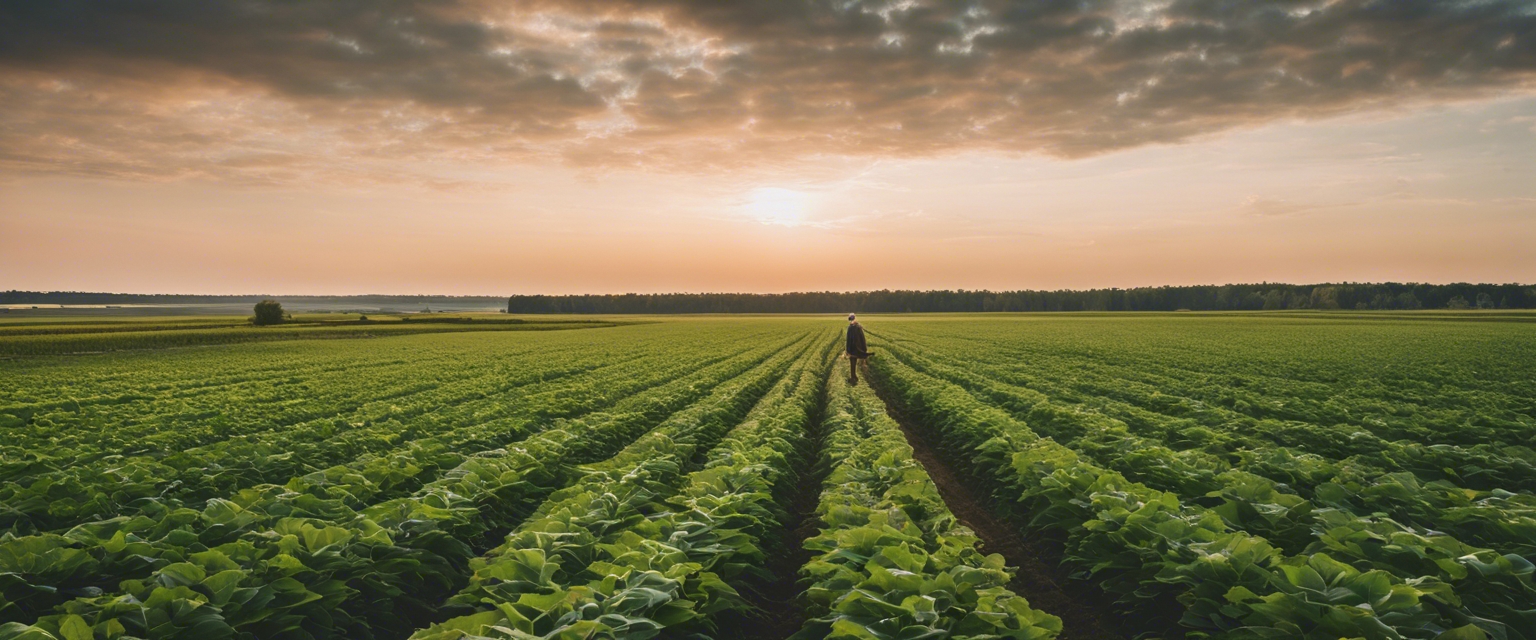5 ways sustainable farming benefits the estonian landscape
Sustainable farming practices are increasingly recognized as vital to preserving the natural beauty and ecological integrity of the Estonian landscape. By adopting methods that prioritize the health of the environment, local farmers and landowners can ensure that their land remains productive and vibrant for generations to come.
The Importance of Biodiversity
One of the cornerstones of sustainable farming is the protection and enhancement of biodiversity. In Estonia, this means creating habitats that support a variety of pollinators and other wildlife. By planting native flowers and maintaining hedgerows, farmers can provide food and shelter for bees, butterflies, and birds, which are essential for the pollination of crops and the control of agricultural pests.
Additionally, sustainable farming helps to preserve indigenous plant species that are part of Estonia's unique flora. These plants not only contribute to the ecosystem's health but also serve as a genetic reservoir that may hold the key to future agricultural resilience.
Soil Health and Erosion Control
Healthy soil is the foundation of any agricultural system. Sustainable farming practices such as crop rotation, cover cropping, and the use of organic fertilizers help to enhance soil fertility. This leads to more robust crop yields and reduces the need for chemical inputs that can be harmful to the environment.
Moreover, these practices help to prevent soil erosion, a significant concern in many agricultural areas. By maintaining ground cover and using techniques like terracing, farmers can protect their topsoil from being washed or blown away, preserving the land's productivity.
Water Conservation and Quality
Water is a precious resource in Estonia, and sustainable farming practices aim to use it efficiently. Techniques such as drip irrigation and the cultivation of drought-resistant crops can significantly reduce water usage on farms.
Furthermore, by minimizing runoff and avoiding the overuse of fertilizers and pesticides, sustainable farming helps to maintain the purity of Estonia's water bodies. This is crucial for the health of aquatic ecosystems and the people and wildlife that rely on them.
Carbon Sequestration and Climate Resilience
Sustainable farming practices can also play a role in mitigating climate change. Through methods like agroforestry and the restoration of peatlands, farms can become carbon sinks, storing carbon dioxide from the atmosphere in the soil and biomass.
Additionally, by diversifying crops and integrating livestock, sustainable farms in Estonia can become more resilient to the effects of climate change, such as extreme weather events and shifting growing seasons.
Landscape Aesthetics and Cultural Heritage
Sustainable farming also contributes to the preservation of the traditional Estonian countryside. By maintaining the landscape's aesthetic and cultural heritage, farmers can keep the rural charm that is a significant part of Estonia's national identity.
Finally, sustainable farming practices can boost the local economy by promoting agrotourism. Visitors are often drawn to the picturesque farms and the opportunity to experience rural life, taste local produce, and learn about sustainable agriculture.






Comments (0)